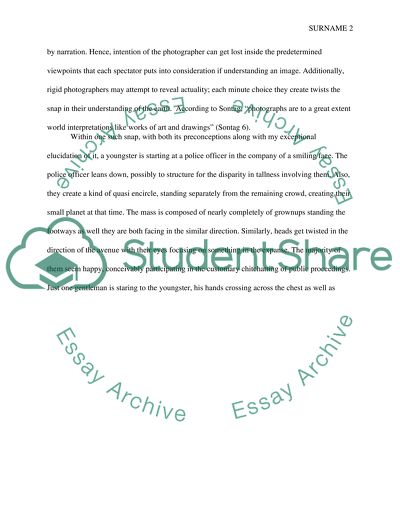Cite this document
(“Mediation paper Essay Example | Topics and Well Written Essays - 1250 words”, n.d.)
Retrieved from https://studentshare.org/english/1699530-mediation-paper
Retrieved from https://studentshare.org/english/1699530-mediation-paper
(Mediation Paper Essay Example | Topics and Well Written Essays - 1250 Words)
https://studentshare.org/english/1699530-mediation-paper.
https://studentshare.org/english/1699530-mediation-paper.
“Mediation Paper Essay Example | Topics and Well Written Essays - 1250 Words”, n.d. https://studentshare.org/english/1699530-mediation-paper.


